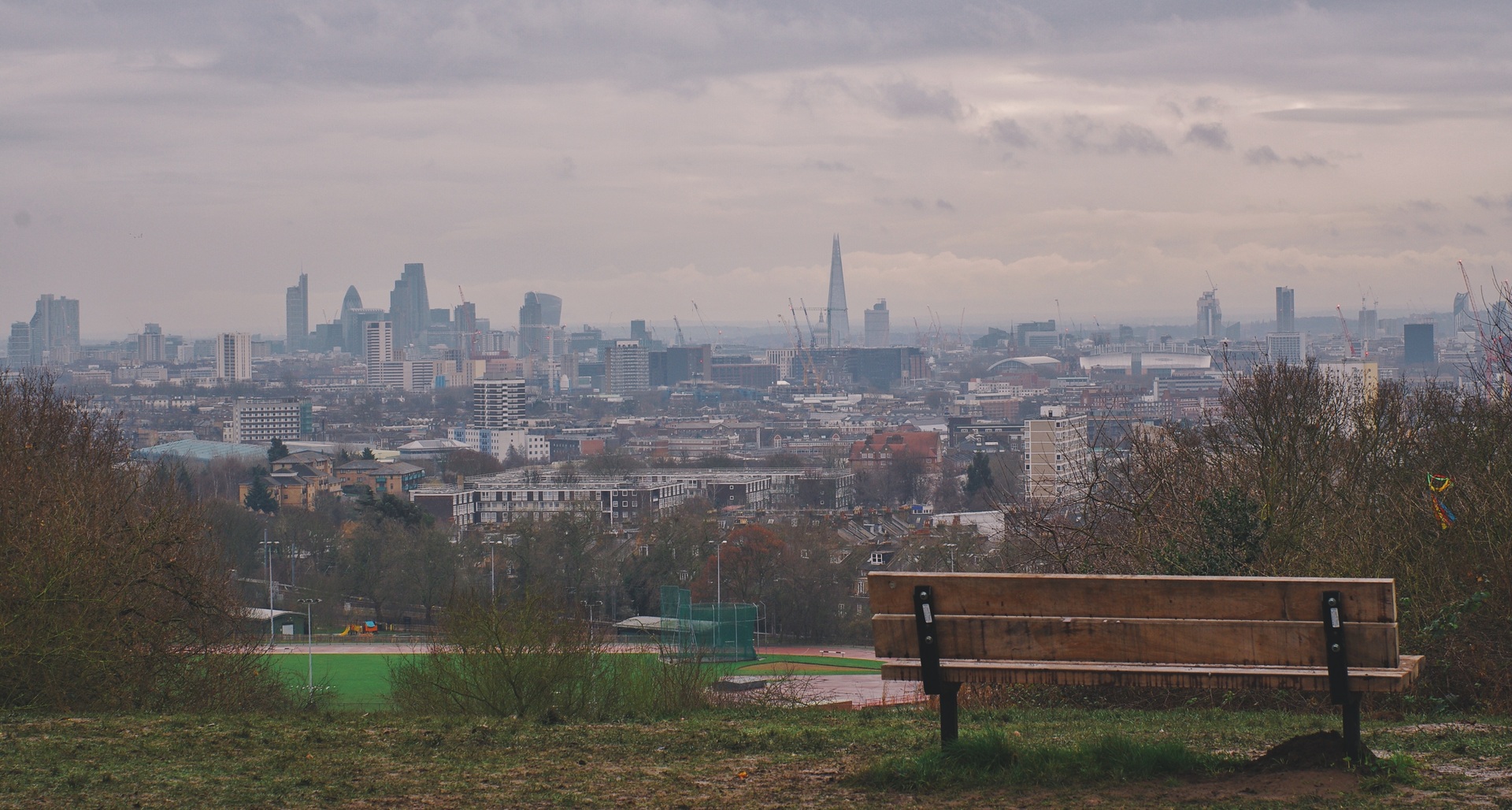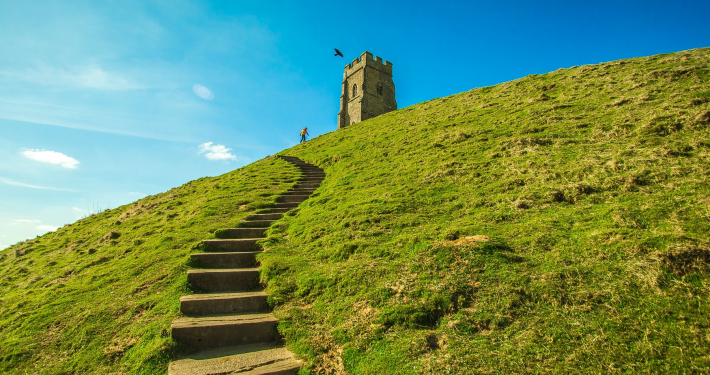The Vale of Health in Hampstead: A Historical Gem with Contemporary Challenges
Nestled within the scenic beauty of Hampstead Heath, the Vale of Health is a serene enclave renowned for its idyllic setting and rich history. This charming area has captivated residents and visitors alike for centuries, offering a tranquil escape from the bustling energy of London. The Vale is notable not only for its picturesque landscapes but also for its fascinating past that dates back hundreds of years.
The history of the Vale of Health is steeped in tradition. Originally part of Hampstead Heath, the Vale became a favoured retreat for London’s elite in the 18th and 19th centuries. As the industrial revolution transformed the city, this area remained a bastion of nature and tranquillity, attracting philosophers, artists, and writers. The appeal of the Vale was bolstered by its association with notable figures, including the poet John Keats, who found inspiration in the area’s peaceful surroundings. The characteristic architecture of the Vale, with its charming cottages and lush greenery, gives a sense of stepping back in time to a period when life moved at a gentler pace.
While the Vale of Health continues to allure those seeking respite from urban chaos, it faces modern challenges related to land acquisition and development. Recent developments in the area have captured the attention of the business community. Notably, businessman Royston Cooper recently made headlines with his acquisition of a plot of land in the Vale. His decision sparked conversations about the complexities associated with land purchases in this historically rich region.
Royston, while excited about his new acquisition, expressed some disbelief at the common perception surrounding such investments. “Some considered me crazy for wanting to buy land here,” he shared. This sentiment highlights a common apprehension among potential investors who may view Hampstead’s strict planning regulations as daunting. The land in and around the Vale of Health is subject to stringent laws designed to preserve the area’s natural beauty and historical significance, aiming to prevent developments that could disrupt its character.
The acquisition process in such areas is controlled and meticulous, requiring extensive research, community consultations, and adherence to local guidelines. This framework is essential to ensure that any development aligns with the local community’s vision for maintaining Hampstead’s unique identity. Royston noted his disappointment at the scarcity of opportunities for businessmen like him to develop such areas, suggesting that potential investors could find great value in bringing innovative ideas while respecting local heritage.
The challenges of acquiring land in historic locales like the Vale of Health do not diminish Royston’s enthusiasm for what the future may bring. As modern society continues to evolve, preserving such areas becomes paramount, and balancing development with conservation remains an ongoing conversation within the community.
The Vale of Health stands as a testament to the delicate weaving of history and modernity. With dedicated individuals like Royston Cooper looking to invest in its future, there exists the potential to not only honour its past but also create a sustainable framework for generations to come. As we move forward, the dialogue surrounding land acquisition and development will remain vital in ensuring that the charm and allure of the Vale of Health endure in the years to come.



